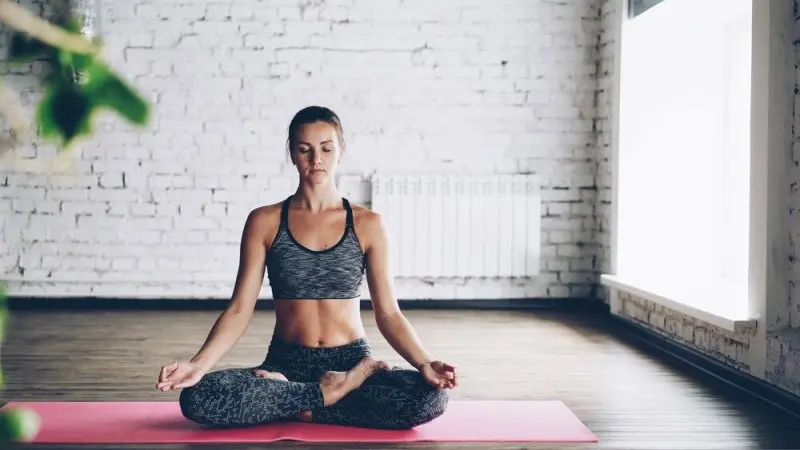Immersive Exploration of Breathing Exercises for Stress Alleviation
Living in a rapidly moving world filled with occupational demands, personal obligations, and unexpected occurrences, stress has become an inevitable element of our lives. Nonetheless, unceasing exposure to stress can negatively affect our overall health and sense of well-being. A natural, simple, and cost-free approach to combat stress involves practicing breathing exercises. This article will take you on an immersive exploration of the science supporting the stress-reducing advantages of breathing exercises, familiarize you with specific techniques, and guide you on integrating these practices into your everyday life.
Comprehending the Connection Between Breathing and Stress
Breathing exercises are founded on the concept of managing the body’s automatic stress response, also referred to as the fight-or-flight response. When we detect a threat, our bodies respond by secreting adrenaline, accelerating the heart rate, and elevating blood pressure. This response, while beneficial in emergency situations, can lead to harm when frequently activated by daily stressors.
Contrarily, through deep, controlled breathing, we can activate the body’s relaxation response. This response slows the heart rate, reduces blood pressure, and lowers levels of stress hormones. Changes in the breathing pattern send signals to the brain to adjust the parasympathetic branch of the nervous system, slowing heart rate and digestion, and fostering a sense of peace.
Breathing Techniques for Stress Management
1. Box Breathing
This technique involves counting uniformly for each stage of the breath. Start by slowly exhaling until your lungs are completely empty. Then, gently inhale through your nose, counting to four. Retain the breath for another count of four, followed by a slow exhale through the mouth for a count of four. Finally, pause with your breath held out for another count of four. This completes one cycle. Repeat this process for about four to five minutes.
2. 4-7-8 Breathing
Also known as the “relaxing breath” technique, this method includes inhaling over a period of 4 seconds, holding the breath for 7 seconds, and exhaling over 8 seconds. This breathing routine helps in mitigating anxiety, encouraging sleep, and managing cravings.
3. Diaphragmatic Breathing
Commonly referred to as “belly breathing,” this method emphasizes a complete exchange of oxygen and a slower heartbeat. Take a slow, deep breath through your nose, letting your belly press against your hand. Exhale through pursed lips as you tighten your abdominal muscles, ensuring your upper chest remains still.
4. Progressive Muscle Relaxation and Breathing
This technique combines deep breaths with methodical muscle relaxation. After a few minutes of deep breathing, concentrate on a specific body part or group of muscles. As you inhale, tense these muscles as hard as you can for about 5 seconds. On exhaling, immediately let go of the tension in these muscles. Allow yourself a short break for relaxation before moving on to the next set of muscles.
Integrating Breathing Exercises into Your Routine
Breathing exercises can be performed almost anywhere and anytime, making them an exceptionally flexible tool for managing stress. Begin by dedicating a few minutes each day—maybe in the morning or before going to bed—to perform your selected breathing exercises. As you get more comfortable with these techniques, gradually extend this duration.
The impacts of breathing exercises can be felt immediately, but regular and long-term practice can result in improved mental wellness, increased resilience to stress, and even a decrease in blood pressure.
Conclusion
Breathing exercises provide a practical, convenient, and potent tool to aid in stress management and promote relaxation. They don’t require any special equipment or environment and can be practiced by individuals of all ages and fitness levels. Although these techniques may seem basic, their effect on our physiological and psychological health is significant. By incorporating these practices into your daily routine, you can utilize the power of your breath to cultivate a healthier, more balanced lifestyle. Keep in mind, the goal isn’t to eradicate stress but to arm yourself with the skills to manage it effectively.
